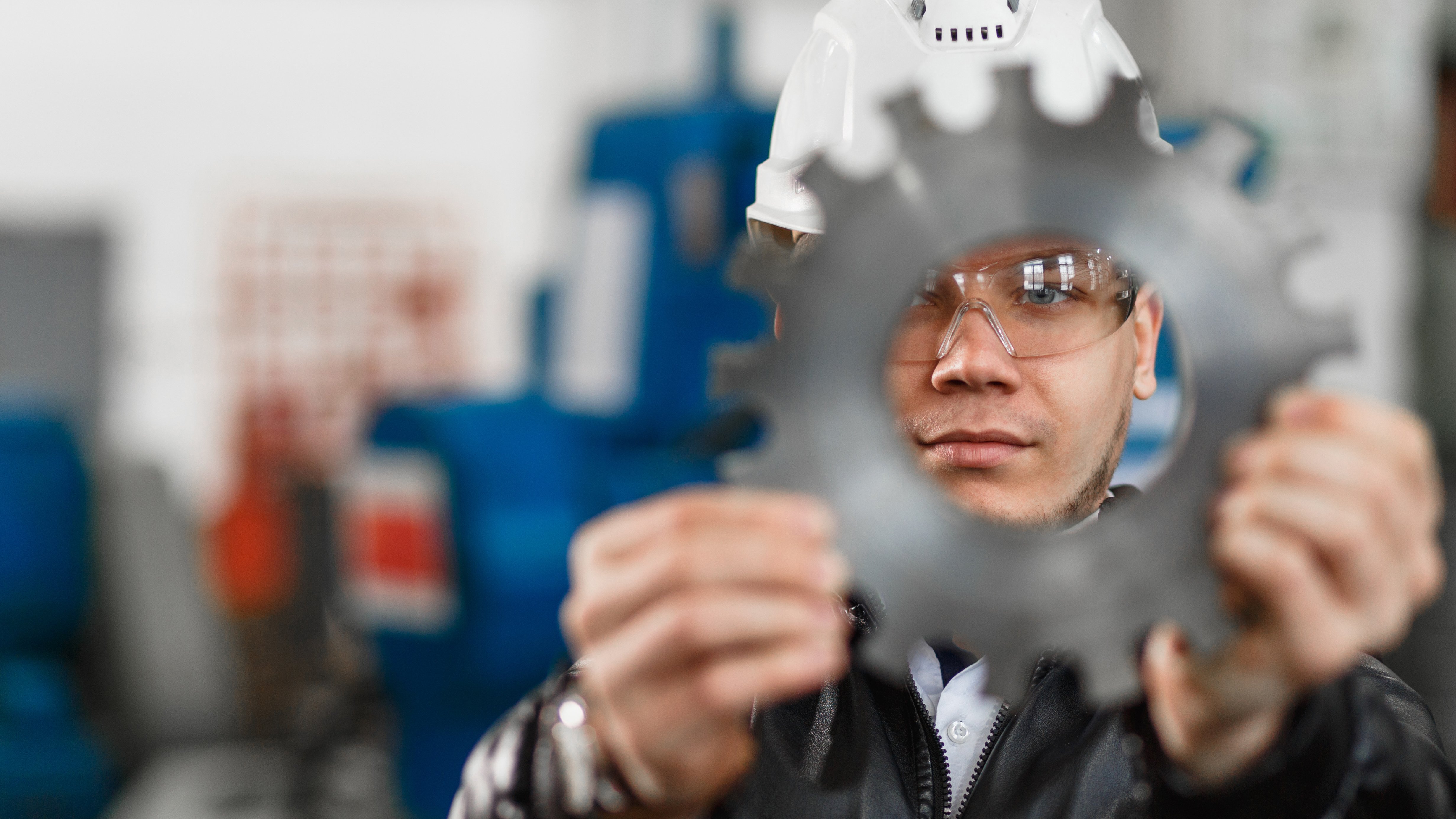Asset management reveals a tension at the heart of the production process. On the one hand, it is important to have the right parts available quickly, to avoid downtime. On the other hand, no business wants costly inventory sitting expensively on a shelf gathering dust – at risk of obsolescence.
A good way to consider the dilemma is to take the point of view of a production manager and an operations director. The production manager wants access to the right parts straightaway, to keep everything working. Meanwhile, the operations director is concerned about invested capital doing nothing or becoming obsolete during the, often, decades-long life of manufacturing machinery.
Ultimately, getting the balance right is about optimising how you operate. Something that has become even more important, given the pressures that manufacturers have faced in recent times.
In this blog, we’ll explore how you can better manage automation assets through digital technology, and the benefits this can bring to your business in both the short and the long term.
It starts by knowing what you have
At Rockwell Automation, we start with a network-based installed base evaluation. Any device connected to the network – whether it is ours or not – shows up here. For everything else, we do a physical audit.
Next, we conduct a lifecycle analysis, to determine the status of all the parts and devices in an inventory. Is it a key component? Is it approaching end of life? Has it already become obsolete? Is it under warranty? Is it in need of repairs?
With answers to these questions, you get a true picture of the automation assets in a business – from the factory floor to the warehouse. With this visibility, you can identify how to lower maintenance, repair and operations (MRO) costs so they are less of a drain on profits.
Going further with digitalisation
The problem with traditional physical audits is they are just a moment in time, so they go out of date fast. Whereas a digital installed base gives you a real-time summary at the click of a button.
There’s plenty you can then build on that base to better understand the reliability of component parts. For example, by applying algorithms or AI you can contextualise data into useful information. Using computer vision to analyse images from robot-mounted cameras, for example, has proven effective in spotting the early signs of failing machine parts, with an estimated saving of $20,000 for every minute of production-line downtime prevented. Armed with this insight, it is possible to make better decisions.
Let’s take a specific example. Imagine you have a product that is at the end of its life, but you still have the stock in your inventory to keep it working for another 10 years. In effect, there is no reliability problem here. In contrast, you might have a modern piece of equipment that has an unacceptably high number of shutdowns connected with it. You therefore know you need to replace the new machine – not the old one – no matter how counter-intuitive this feels.
Another advantage of digital monitoring is that you can make these decisions so much quicker than you would if you relied on an engineer making manual checks.
Beyond smarter, faster decisions, an up-to-the-minute understanding of automation assets can also help with cybersecurity threat analysis – revealing possible vulnerabilities or attack surfaces. That is no small matter considering that, currently, it typically takes a company more than six months to notice they have a data breach.
Benefits that grow over time
Managing your automation asset inventory more intelligently can quickly translate into cost reductions. Understandably, this is the starting point for most businesses. However, there is far more that you can do with a digital asset management program over the longer term.
More and more, assessments and evaluations of resources are turning digital, and automation assets are no different. Ultimately, a digital approach can lead to not just the automation of processes and movement, but the automation of recommendations and decision-making. In turn, this will save businesses even more time, pre-empt problems and further cut MRO costs. Something that will appeal to both operations directors and production managers alike.
Visit the Rockwell Automation industrial asset management website to learn more about how to improve reliability with plant and machine maintenance services.


